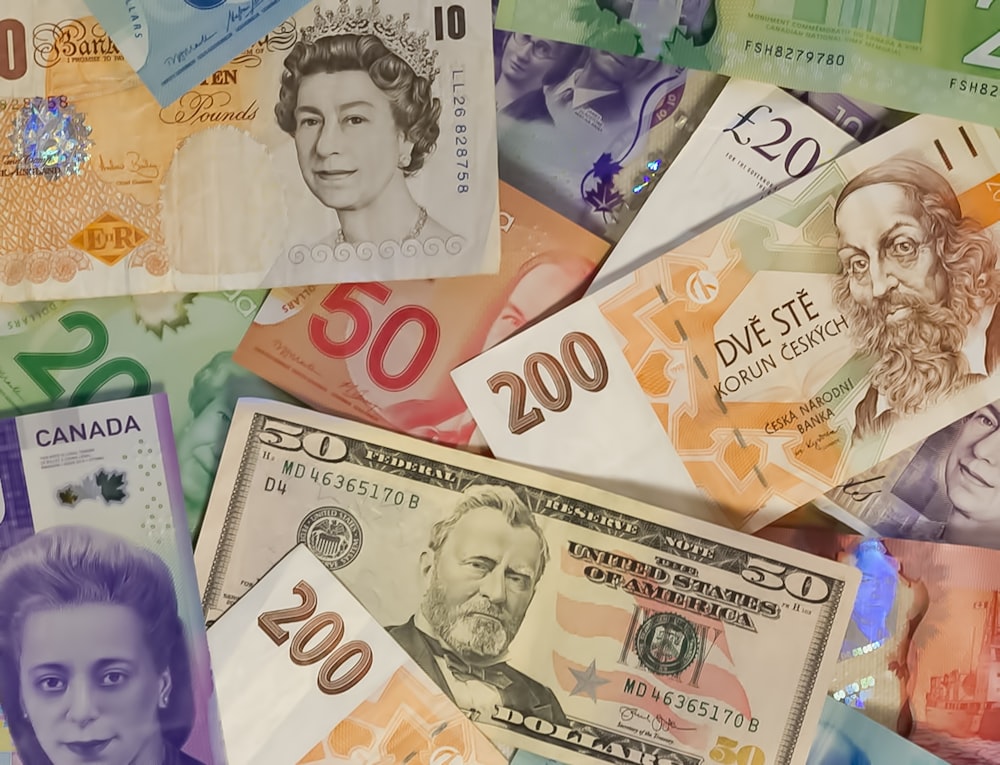The Concept Of Money
Image Source: Unsplash
The concept of money: A currency of belief
Throughout history, social philosophers and financial thinkers have delved into the notion that money, akin to religion, is built upon belief and trust rather than inherent value. They argue that economies are fundamentally constructed upon these beliefs, where the value of money is ultimately grounded in collective belief and trust. From ancient civilizations to modern societies, people have employed various objects and commodities as mediums of exchange, their worth determined not by intrinsic value but by social consensus and trust.
One influential figure in this discourse is the French sociologist and philosopher, Jean Baudrillard. In his seminal work "Simulacra and Simulation" (1981), Baudrillard introduces the concept of the "hyperreal," wherein simulations or representations of reality become more significant than the reality they depict. He contends that contemporary society is characterized by the dominance of symbols, signs, and simulations over the "real," shaping our understanding of reality through these representations.
Baudrillard's perspective on currency suggests that the value of money is not inherent but rather socially and culturally constructed. He posits that money functions as both a medium of exchange and a symbol of value and power, whose significance is upheld by collective belief and trust. Thus, economies are not objective, value-neutral systems but rather constructs shaped by our perceptions, beliefs, and behaviors.
Acknowledging that economic systems are influenced not only by tangible factors such as production and consumption but also by intangible elements like trust and perception introduces a layer of complexity to our understanding of economies. It underscores the interplay between objective material conditions and subjective interpretations, revealing the tension between facts and beliefs within economic systems and their respective cultures.
The value of a currency, therefore, hinges on societal trust and confidence in its stability and utility. In the absence of such trust, a currency's value can rapidly deteriorate, leading to economic instability. Economic policies and institutions rely not only on their material effectiveness but also on their interpretive reception by the populace, which can be influenced by propaganda and persuasive messaging.
This tension between fact and belief challenges the notion of economic reality as an objective and immutable framework. Instead, it suggests that economic reality is subject to interpretation, contestation, and change, reflecting conflicting beliefs and interests.
A historical example illustrating this tension is the hyperinflationary period in Weimar Germany during the early 1920s. Facing significant economic challenges after World War I, exacerbated by reparations payments and political instability, the German government resorted to printing money at an unprecedented rate, leading to hyperinflation and economic chaos. The introduction of the Rentenmark by Gustav Stresemann stabilized the economy, highlighting the importance of prudent economic policies in maintaining stability.
Comparing the Rentenmark to Bitcoin reveals interesting parallels, as both represent attempts to address perceived deficiencies in traditional currency systems. Bitcoin, a decentralized cryptocurrency, challenges the dominance of traditional fiat currencies and central banking systems. Its value is determined by supply and demand dynamics, technological developments, and regulatory factors.
Contemplating a "currency of belief" raises questions about the nature of money and its value in society. In an era of eroding trust in traditional institutions and technological advancements reshaping economic relationships, belief becomes central to our understanding of currency and exchange.
Ultimately, the evolution of currency and the emergence of new quantifiable forms of value will depend on an intersection of governance, technology, economic dynamics, social norms, laws, and cultural beliefs. As we navigate the plethora of challenges, it is essential to recognize the role that belief and trust must play in shaping a “real” reality.
Moreover, addressing the mounting debt burden requires a collective effort to ensure long-term stability and sustainability. With the ever-growing national debt surpassing $30 trillion when equally distributed, every one of the three hundred million residents owns $90,900 of that debt with accruing interest. Responsible governance and far-sighted economic stewardship are absolutes if we are to assure a global “currency of belief.”





This is very true on cryptocurrencies too.